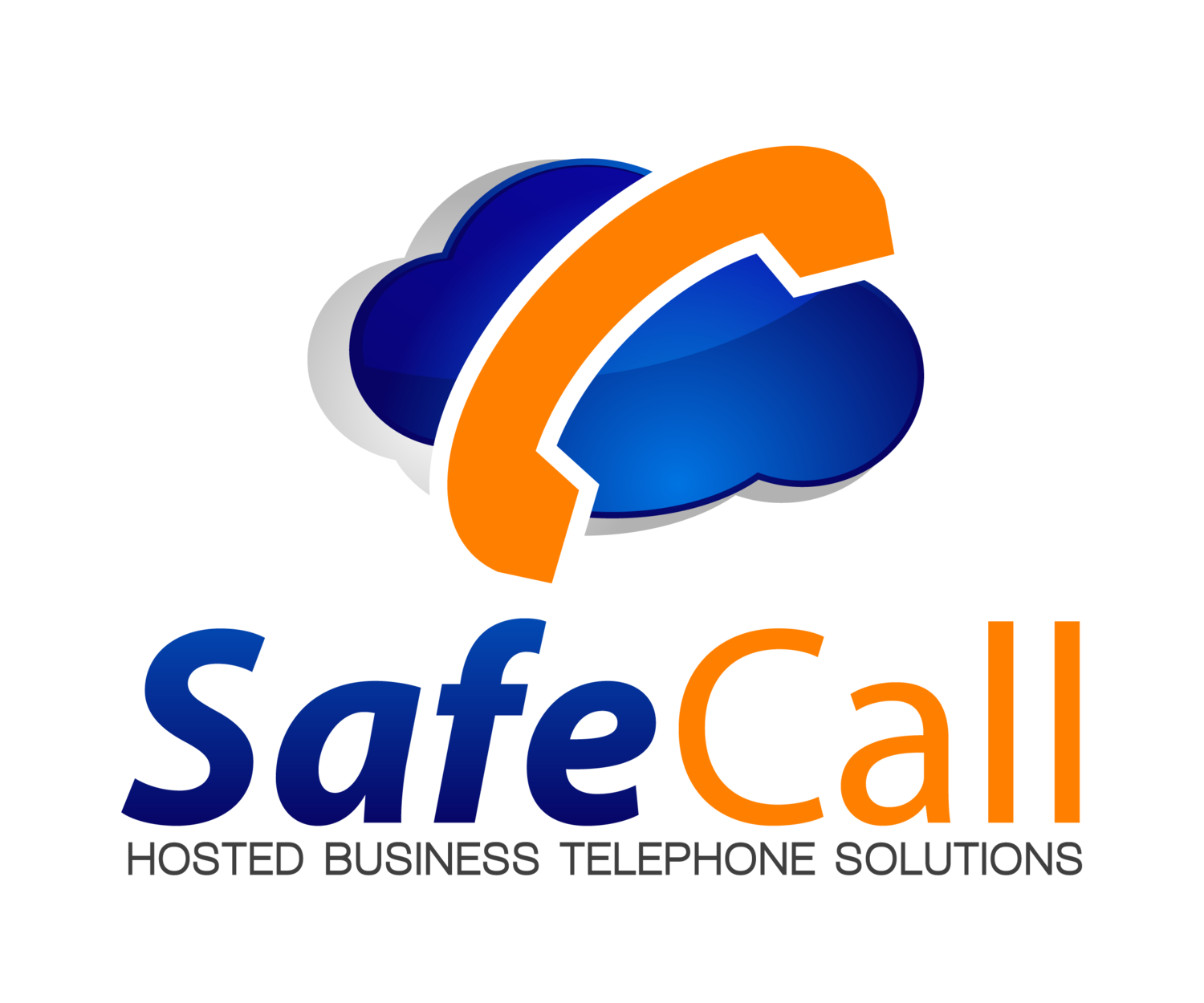Lower Your Phone Bill with Cloud-Based Office Phones
Worldwide IT spending is forecasted to approach the $4 trillion mark by 2020. Out of that projected budget, it’s anticipated that businesses will spend upwards of $1.4 trillion on communication services alone. While communications services are necessary in order to operate a business, that doesn’t mean service fees should comprise a cripplingly high percentage of your overall operating budget. Cloud-based office phone systems offer savings with which legacy technologies and other phone systems cannot compete. Knowing how cloud-based office phone service plans are structured and how they can be key to keeping your costs down are crucial in deciding exactly how to implement or transition your office’s communications platform to the cloud.
A Bill Tailored to Your Business Needs
Unlike traditional telephone and communications platforms that come prepackaged and full of extra services for which your business might have no need, cloud-based phone systems are structured to be completely scalable and configurable to user requirements. Digging deeper into how telecommunications services are billed across different platforms, the advantages of cloud-based systems become more apparent.
Infrastructure and Hardware Upkeep Costs
Legacy phone systems and non-cloud based communications systems require lines to be run throughout your facilities. It’s also necessary to purchase hardware, maintain the system, and effect repairs as necessary. With cloud-based systems, you’re essentially leasing access to these systems remotely, and paying a lower fee for equipment rental. Upgrades, maintenance, and other necessary oversight tasks are all handled by the service provider.
Affordable Scalability
In order to scale and expand non-cloud based systems, it’s necessary to install more lines, purchase new equipment, and manually reconfigure the system, all of which can result in significant additional fees and take time your organization might not be able to spare. Cloud-based systems provide scalability through administration interfaces that allow full control over expanding and reconfiguring offices to expand or relocate, as well as the addition of new locations.
The Savings of Integrated Features
Tied to hardware on your desk or other infrastructure within your offices, legacy systems are limited when it comes to modular expansions of functionality or being able to integrate new technology. Shifting functionality to a cloud-based system allows new tools such as file sharing, video conferencing, auto attendants, call forwarding and other call center functions all to be part of a modular, low-cost service plan rather than having to purchase each set of tools as a new system or software.
Hidden Costs of Unused Services
This modularity extends into the billing practices and structuring of service plans adhered to by cloud-based phone system service providers. Many legacy systems and other business telephone systems pad billing with any number of fees and charges related to the services or features you might never access, such as wire maintenance, long distance and toll costs, wire maintenance, and call recording. These excess charges can be easily managed and avoided in a properly structured cloud-based service plan.
SafeCall is a Safe Bet for Savings
While hidden fees and unnecessary services abound in legacy phone system billing methods, SafeCall and other cloud-based phone system service providers give small businesses extensive control over their service plans and billing. Serving business clients across the Carolinas, SafeCall’s cloud-based telephone system can save your business 50% off of your monthly bills, all while keeping your office space operating on state-of-the-art equipment able to support the applications and extended functionality you need to edge out the competition.
